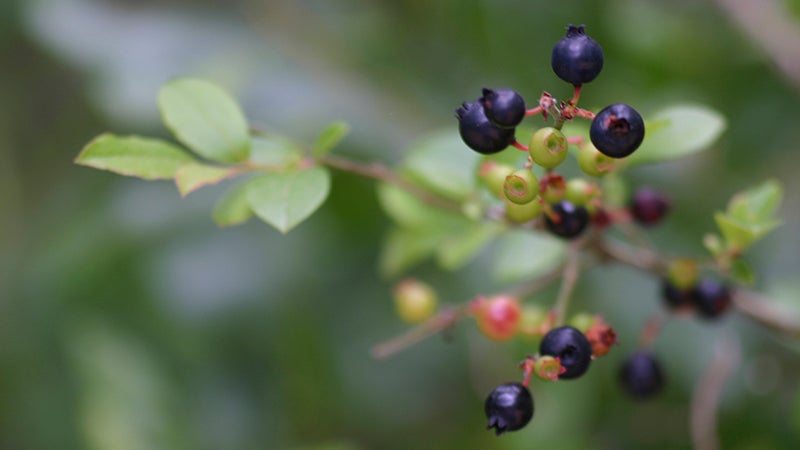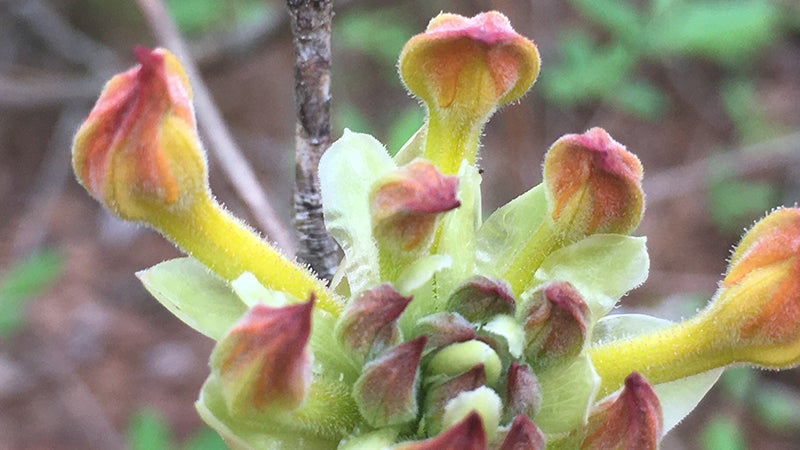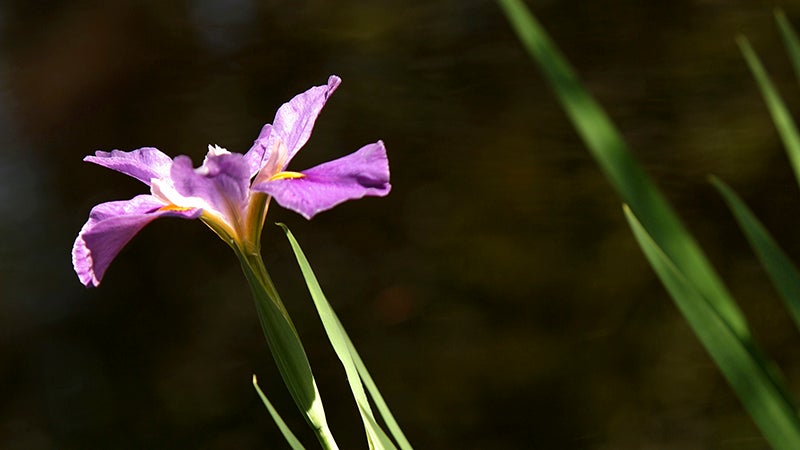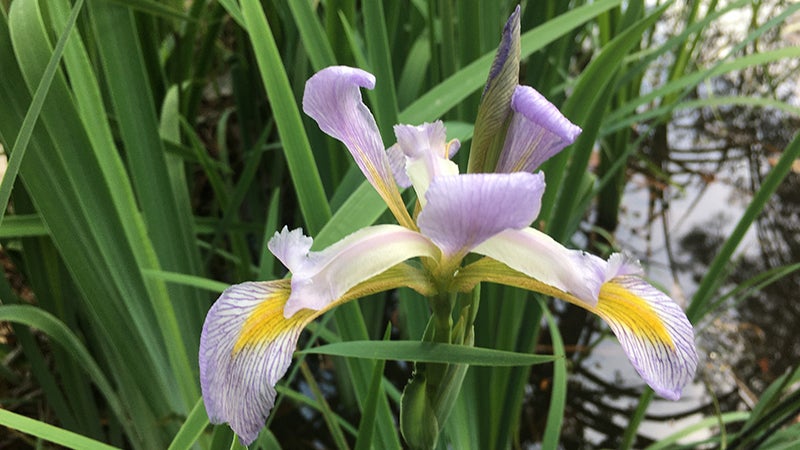Spring-blooming Mississippi native species are often in high demand
Published 7:00 am Wednesday, March 31, 2021
By Pat Drackett
Crosby Arboretum Director
The Crosby Arboretum’s spring plant sale last week illustrated yet again that the area public is very well-acquainted with many of our Mississippi native species that have a long history of being brought into the home garden and cultivated for their rare beauty. Once in our yards, they often establish themselves in the memories of many persons who grow up alongside them. As new gardens come into being, we may find ourselves yearning to experience the familiar sight and fragrances of these old Southern favorites that have intertwined their lives with ours.
The highly scented sweet olive (Osmanthus fragrans) that you might catch a whiff of while strolling down a New Orleans street may not be a native, but it will serve as a great example of how smells can partner with memories. When I first moved to Louisiana from East Tennessee, the heavenly fragrance of sweet olive quickly made up for the fact I could no longer grow lilacs. Sweet olive, also called tea olive, hails from China and Japan. Interestingly, there is an American sweet olive, but its flowers have very little scent (Osmanthus americana).
Tea olive responds to changes in humidity and temperature, so it is often on the days when we have rapid weather changes that we will notice its scent floating on a breeze – even though it may be pretty far away from sight! After moving to Orlando from Louisiana to practice landscape design, I found that one of the landscape architects whose projects we bid on would almost always tuck a sweet olive in a bed somewhere in his plan. Knowing he had once also lived in Louisiana, I knew that he was well aware of that sweet moment he could evoke by including a plant with a purpose – something to delight the senses – in a landscape.
The Mississippi coast contains a wealth of plants with heady fragrances. Non-native Gardenias and huge, lemony Southern Magnolia blooms come to mind, and syrupy sweet Gardenias. But many of you may have memories of standing in the middle of a towering pink honeysuckle azalea surrounded by butterflies and taking a breath deep on a sunny day – ah, so sweet! Compare this to the yellow and orange hues of the blooms on the later blooming flame azaleas, which will have a spicier scent.
I once stood under an ancient, spreading Grancy Graybeard at Gloster Arboretum (another wonderful state arboretum that is well worth a visit, west of Liberty, Mississippi), looking up at thousands of the strap-like, lightly fragrant, white petals. While I stood there already entranced at the sight, a breeze stirred a rippling rain of petals that began swirling all around me like snow as they sparkled in the sun. Somewhere I have a short video of this experience but if I never see it again, this memory is crystal clear.
From specimen trees such as Grancy graybeard, also known as “old man’s beard” or native fringe tree, southern crabapple, mayhaw, red buckeye, or farkleberry, whose peeling bark and vase-shaped form has at times prompted Arboretum visitors to remark that it was a “nice crape myrtle,” to the gorgeous blooms of flowering shrubs such as the pink and yellow honeysuckle azaleas, sweetshrub, red starbush or oakleaf hydrangea, spring will often send us on a search for the plants we remember from our youth, perhaps one that we associate with a favorite relative who tended a garden we relished as a child.
During the plant sales, we enjoy hearing the reason people come to search for these native species. We hear tales of how long certain plants lived, of grandmothers who brought bouquets of native Iris indoors for a vase, picked huckleberries for pies, muffins or pancakes, or went canoeing in the swamp to pick up mayhaw berries with a net or used glycerin to preserve oakleaf hydrangea blooms (to see Dr. James DelPrince’s excellent Extension publication on “Glycerin Preserved Foliage”, visit http://extension.msstate.edu/ and search these keywords in the search engine).
In addition to offering great programs and events for all ages, you may stroll our three miles of trails passing through forest and field and cross over many types of aquatic landscapes, know that the Crosby Arboretum is dedicated to providing education on our Mississippi native plant species. But if you are not a gardener, just come take a whiff of a bloom or two while you walk the family dog or feed the fish and turtles in our pond. For more information or to join, see www.crosbyarboretum.msstate.edu. We’re located at 370 Ridge Road in Picayune, at I-59 Exit 4, and open Wednesday through Sunday from 9:00 to 4:30.







